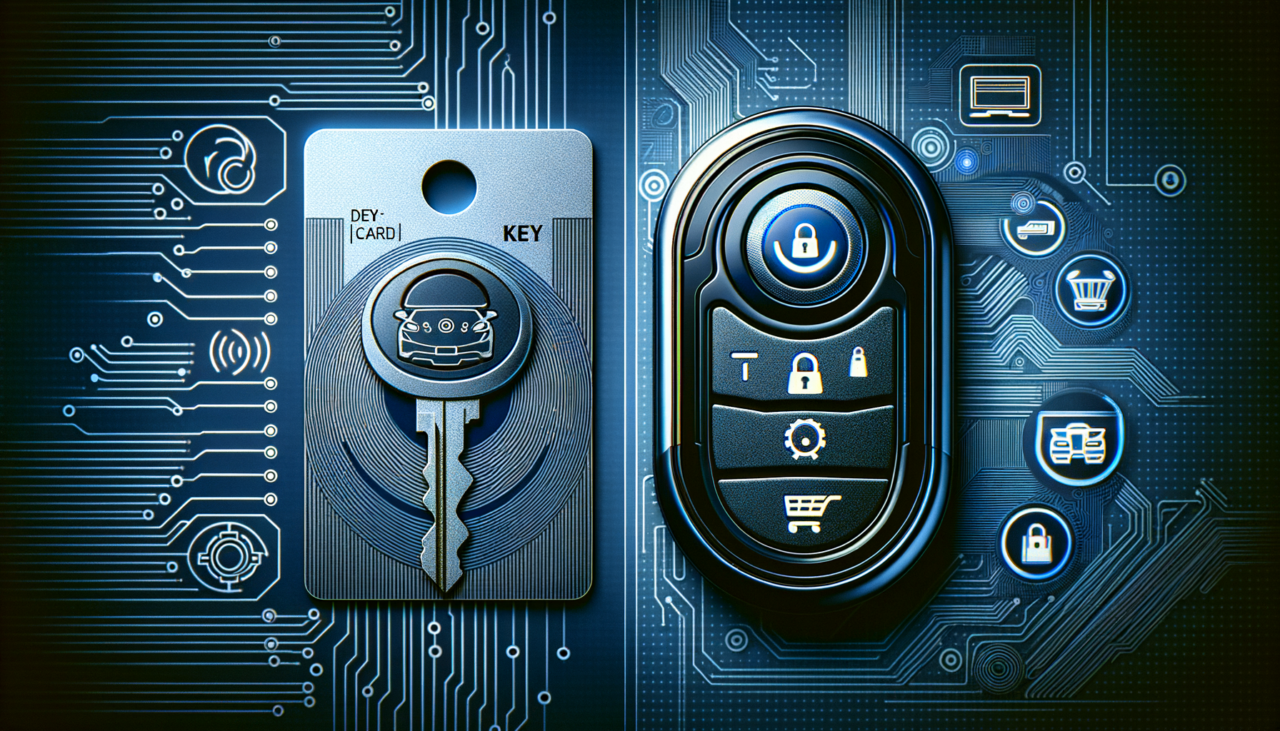Unlocking the Future: A Comparative Journey through Key Cards and Smart Keys
In the bustling streets of Cairo, where the ancient whispers of history blend seamlessly with the vibrant pulse of modern life, one cannot help but muse over the blend of tradition and technology. Just as the Nile has carved its path through Egypt, so too have innovations carved their way into our daily routines. Today, we embark on a journey to explore two such innovations: key cards and smart keys. These modern-day gatekeepers have revolutionized the way we access our spaces, each with its unique traits and tales.
The Tale of the Key Card
Imagine standing before a grand hotel in the heart of Alexandria, the Mediterranean breeze gently caressing your face. You reach into your pocket, pulling out a slim, rectangular key card. It’s a sensation as familiar as the call to prayer echoing through the city. Key cards, with their sleek design and ease of use, have become ubiquitous in hotels and corporate spaces around the globe.
Characteristics of Key Cards:
- Design and Material: Typically made of plastic, key cards are lightweight and portable, easily slipping into a wallet or pocket.
- Technology: Utilizes magnetic strips or RFID (Radio Frequency Identification) to store data.
- Security: Offers basic security; the card can be easily deactivated if lost or stolen.
- Cost: Generally cost-effective, making them a favored choice for businesses and hotels.
- Usage: Predominantly used in hospitality industries and office buildings for access control.
The Odyssey of the Smart Key
Now, picture yourself navigating the winding streets of Marrakesh, where every turn offers a new discovery. In your hand is a smart key, a marvel of modern technology that speaks to the future. As the call of a muezzin fades into the evening, your smart key unlocks the door with a simple touch or a mere proximity, a silent guardian of convenience and security.
Characteristics of Smart Keys:
- Design and Material: Often more robust, smart keys may incorporate metal and a digital interface.
- Technology: Employs advanced technologies like Bluetooth or NFC (Near Field Communication) for connectivity.
- Security: High security with encryption and options for remote management through smartphones.
- Cost: Generally more expensive due to advanced technology and additional features.
- Usage: Common in automotive industries and smart homes, offering seamless access and integration with other smart devices.
Comparative Table: Key Card vs. Smart Key
| Feature | Key Card | Smart Key |
|---|---|---|
| Design | Slim, plastic, easily portable | Robust, digital interface, sometimes bulky |
| Technology | Magnetic strip or RFID | Bluetooth, NFC, integration with smart devices |
| Security | Basic; easily deactivated if lost | High; encrypted, remote management possible |
| Cost | Cost-effective | More expensive |
| Primary Use | Hotels, office buildings | Cars, smart homes |
| Durability | Prone to wear and tear | Generally more durable with better materials |
| Convenience | Requires physical contact to use | Can operate through proximity or touch |
Conclusion
In the grand tapestry of innovation, both key cards and smart keys have woven themselves into the fabric of our daily lives. They are much like the bustling souks of Cairo and the serene deserts of the Sinai, each offering its unique allure and purpose. The choice between a key card and a smart key ultimately lies in the hands of the user, dictated by the needs of their environment and the embrace of technology.
As our journey through the landscapes of access control draws to a close, we are reminded of the timeless dance between tradition and innovation. Whether you find solace in the simplicity of a key card or revel in the sophistication of a smart key, the future of accessibility is as boundless as the horizons of the Arab world.

Comments (0)
There are no comments here yet, you can be the first!